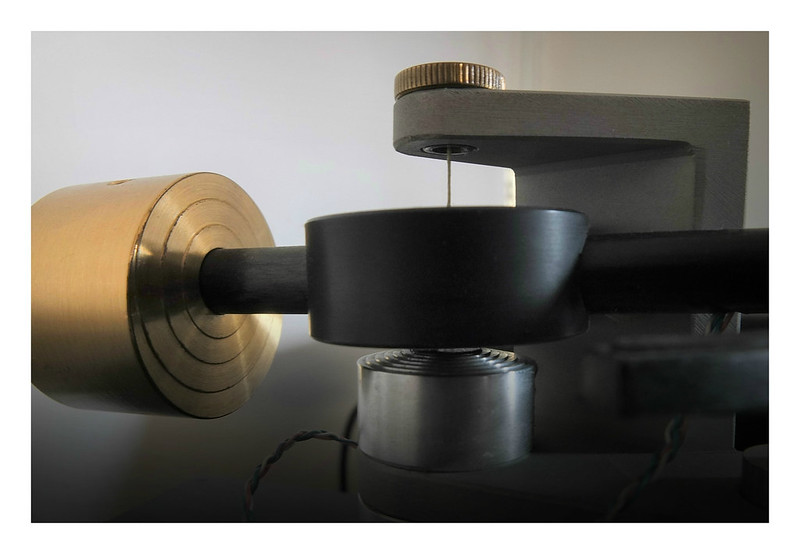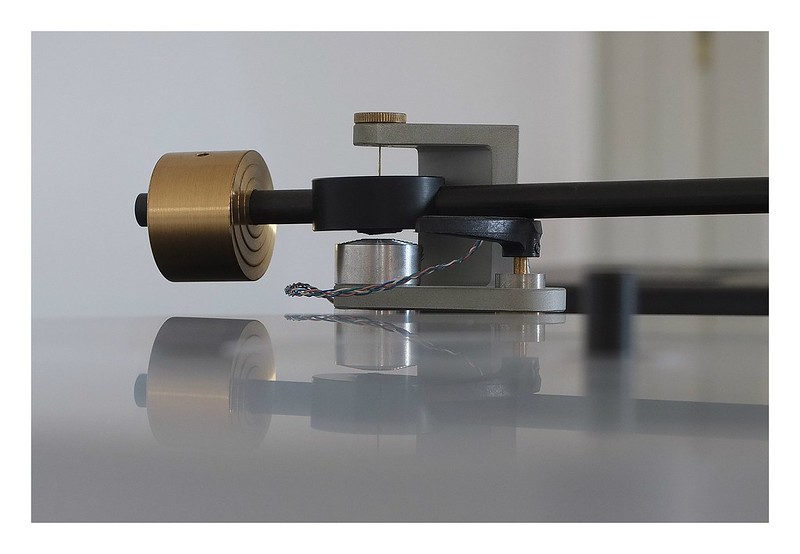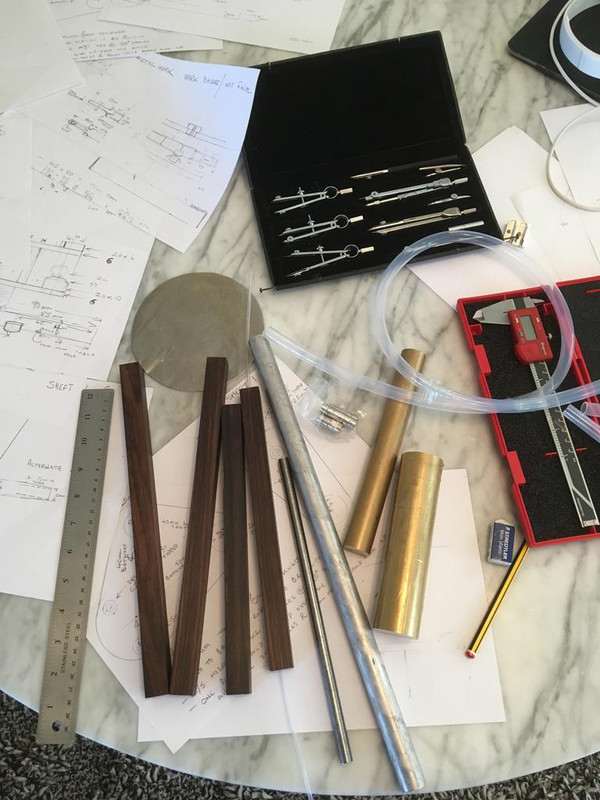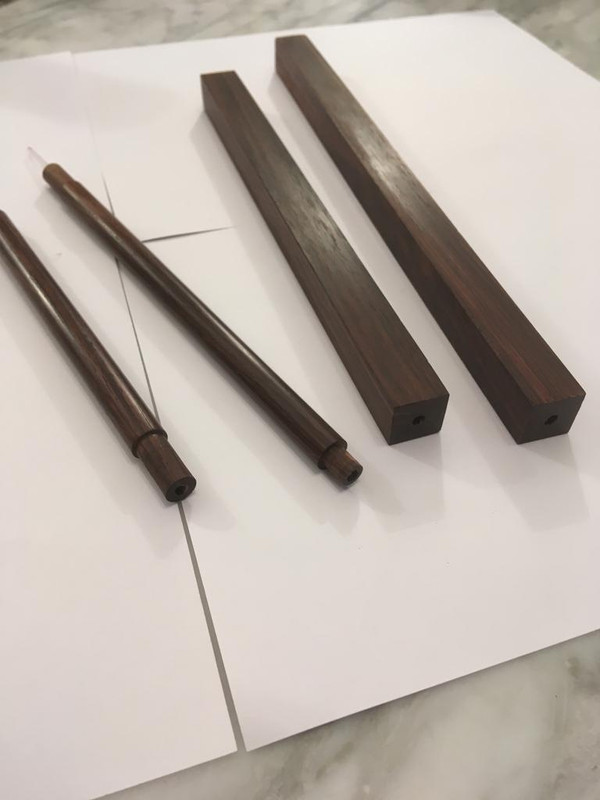misterdog
Not the canine kind
Joe, did you try Anchor magnets (post 33 above) or this company are at the end of my (workshop) street.
http://www.magsystems.co.uk/content/radial-pole-circular-magnetic-chucks
Cone magnets here.
https://www.first4magnets.com/cone-c160
http://www.magsystems.co.uk/content/radial-pole-circular-magnetic-chucks
Cone magnets here.
https://www.first4magnets.com/cone-c160





